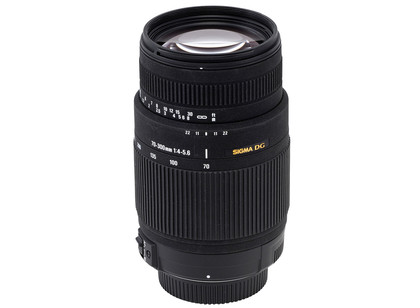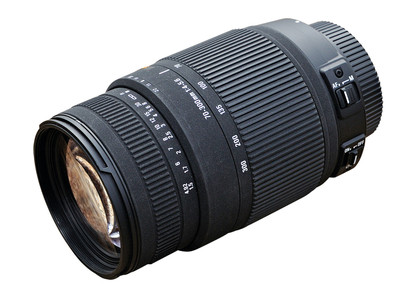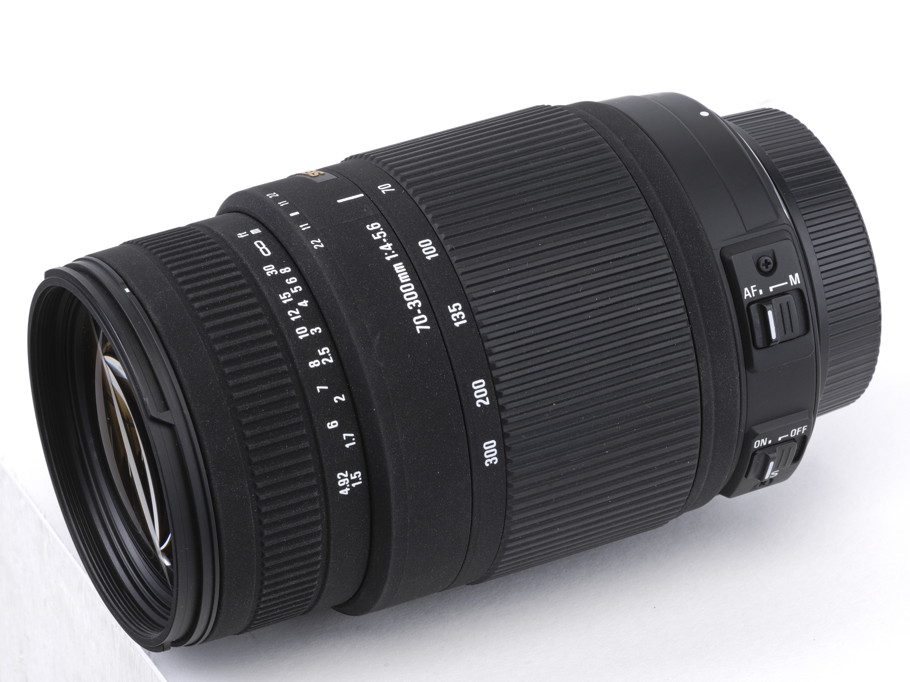Why you can trust TechRadar
Build quality and handling

A little heavier than Sigma's 70-300mm APO lens, the Sigma 70-300mm f/4-5.6 DG OS weighs 610g and is 4mm longer, at 77 x 117mm. Focusing isn't internal so the front element rotates and extends, the maximum length being 235mm at the longest zoom setting and closest focus distance, measured with the hood fitted.
Like Sigma's other 50-200mm OS and 70-300mm APO telephoto zooms, build quality is of a high standard and construction feels sturdy. There's no zoom creep but the zoom ring and manual focus ring operate smoothly and effectively.
The latter is fitted at the front of the lens barrel and, given the length of the lens, it's quite easy to avoid fouling its action in autofocus mode while it's rotating. The downside is that the front element also rotates during focusing, which can be a problem when using rotation-critical filters such as a circular polariser.
Performance

In our tests, the stabiliser in the Sigma 70-300mm f/4-5.6 DG OS lens lived up to its 4-stop claims and performed more consistently than the one in Sigma's smaller 50-200mm OS, which is designed only for APS-C cameras rather than also being full-frame compatible.
The lens is a worthy update to Sigma's older 70-300mm APO Macro model.
Despite lacking the earlier lens's Apochromatic (APO) badge, chromatic aberrations were actually slightly less noticeable in our tests, while sharpness was rather better when shooting at the longest telephoto setting of 300mm and the largest available aperture of f/5.6.
Sample image:

Taken at 300mm, f/5.6
